In addition to the fact that Apple released iOS 16 to the public a few weeks ago, we also saw the release of watchOS 9 for the Apple Watch. Of course, there is currently more talk about the new iOS, which offers many more novelties, but it certainly cannot be said that the watchOS 9 system does not bring anything new - there are plenty of new functions here as well. However, as it happens after some updates, there are a handful of users who have a problem with battery life. So, if you have installed watchOS 9 on your Apple Watch and since then it lasts much less on a single charge, then in this article you will find 5 tips that can help you.
It could be interest you
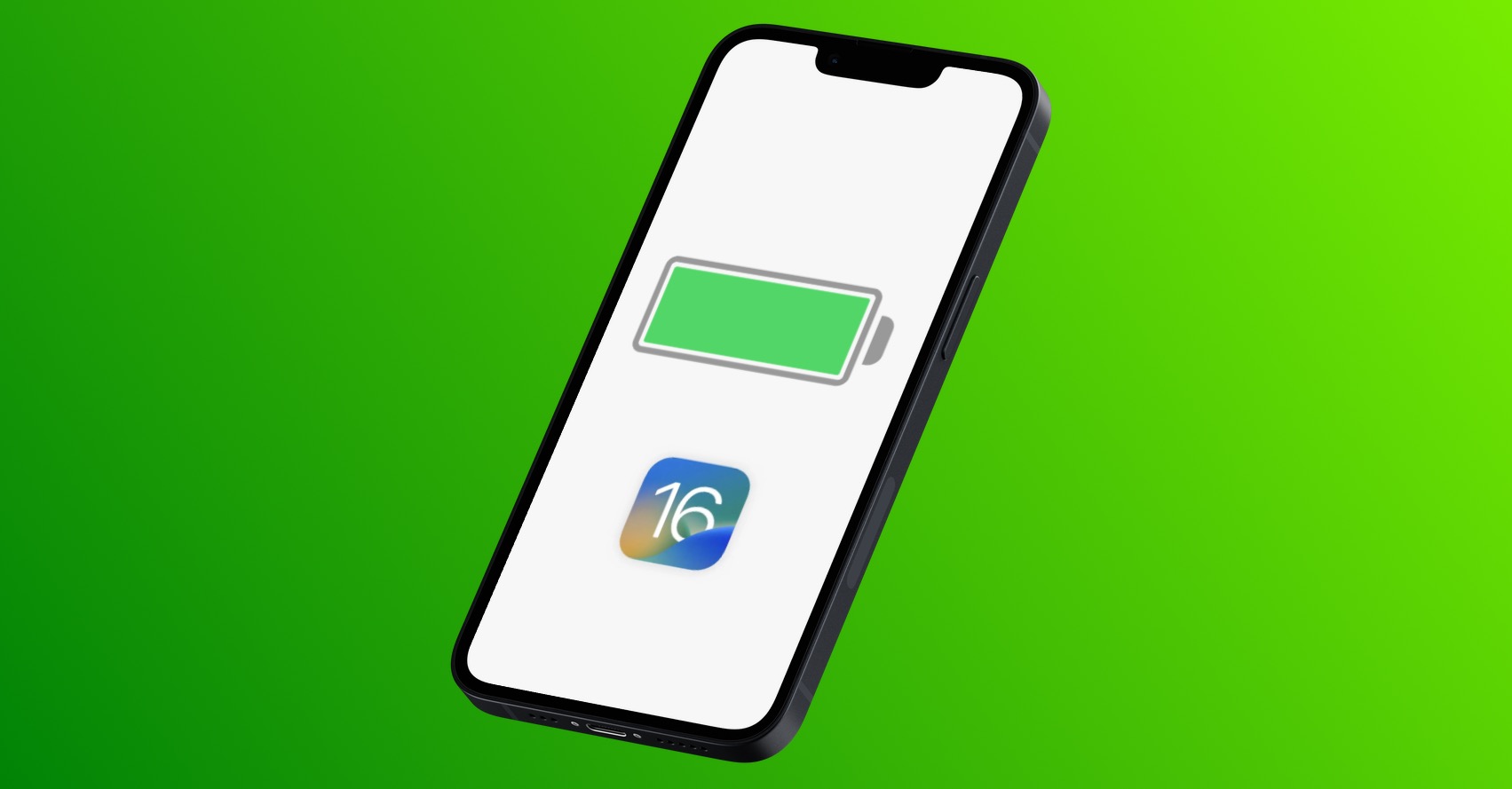
Low power mode
On your iPhone or Mac, you can activate a low-power mode to increase battery life, which will do most of the work for you. However, this mode was not available on the Apple Watch for a long time, but the good news is that we finally got it in watchOS 9. You can activate it very simply by: open the control center, and then tap on element with current battery status. Then all you have to do is press the switch down activate Low Power Mode. This new mode has replaced the original Reserve, which you can now start by turning off your Apple Watch and then turning it on by holding down the Digital Crown — there's no other way to activate it.
Economy mode for exercise
In addition to the low power mode available in watchOS, you can also use a special power saving mode for exercise. If you activate the power saving mode, the watch will stop monitoring and recording heart activity during walking and running, which is a relatively demanding process. If you walk or run with the Apple Watch for several hours during the day, the heart activity sensor can significantly shorten the endurance. To activate power saving mode, just go to the application Watch, where you open My Watch → Exercise and here turn on function Economy mode.
Deactivation of automatic display wake-up
There are several ways you can light up the display on your Apple Watch. Specifically, you can turn it on, for example, by tapping, or by turning the digital crown. However, users probably most often use the automatic wake-up of the display after raising the wrist upwards. This feature is very useful, but the problem is that from time to time motion detection can be wrong and the Apple Watch display will activate at the wrong time. And due to the fact that the display is very demanding on the battery, each such awakening can reduce the endurance. In order to preserve the longest duration, you can deactivate this function by going to the application Watch, where then click Moje watch → Display and brightness a turn off Wake up by raising your wrist.
Manual brightness reduction
While such an iPhone, iPad or Mac can regulate the brightness of the display thanks to the ambient light sensor, this does not apply to the Apple Watch. Here the brightness is fixed and does not change in any way. But few people know that users can manually set three brightness levels of the Apple Watch display. Of course, the lower the intensity the user sets, the longer the duration per charge will be. If you would like to adjust the brightness of your Apple Watch, just go to Settings → Display and brightness. To decrease the brightness, just (repeatedly) tap on icon of a smaller sun.
Turn off heart rate monitoring
As I mentioned above, your Apple Watch can (not only) monitor your heart activity during exercise. Although thanks to this you will get interesting data and possibly the watch can warn you about a heart problem, but a huge disadvantage is higher battery consumption. Therefore, if you do not need heart activity monitoring because you are 100% sure that your heart is fine, or if you use the Apple Watch purely as an extension of the iPhone, you can deactivate it completely. Just go to the app Watch, where you open My watch → Privacy and here activate possibility Heart beat.

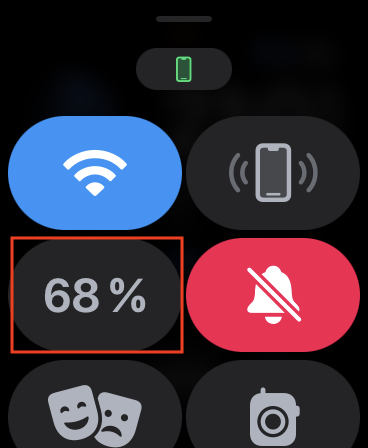
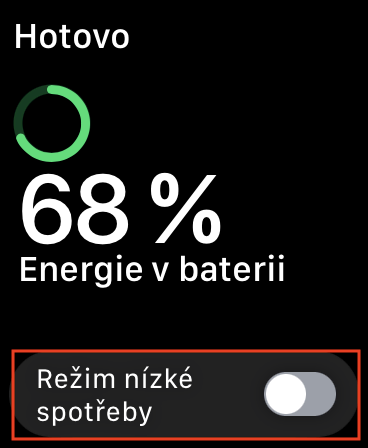




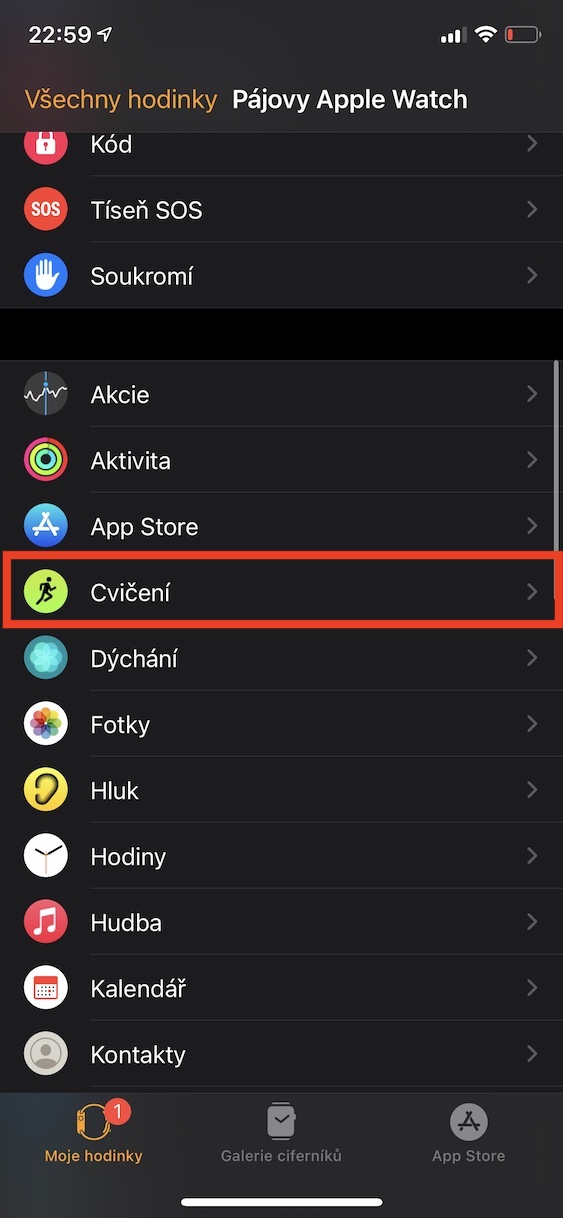

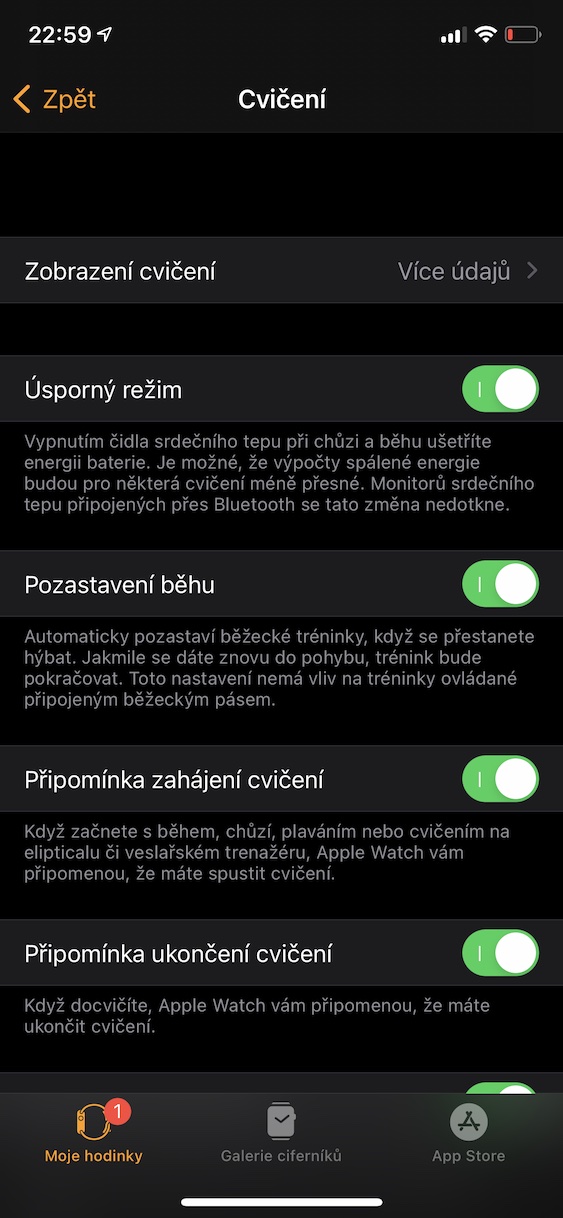
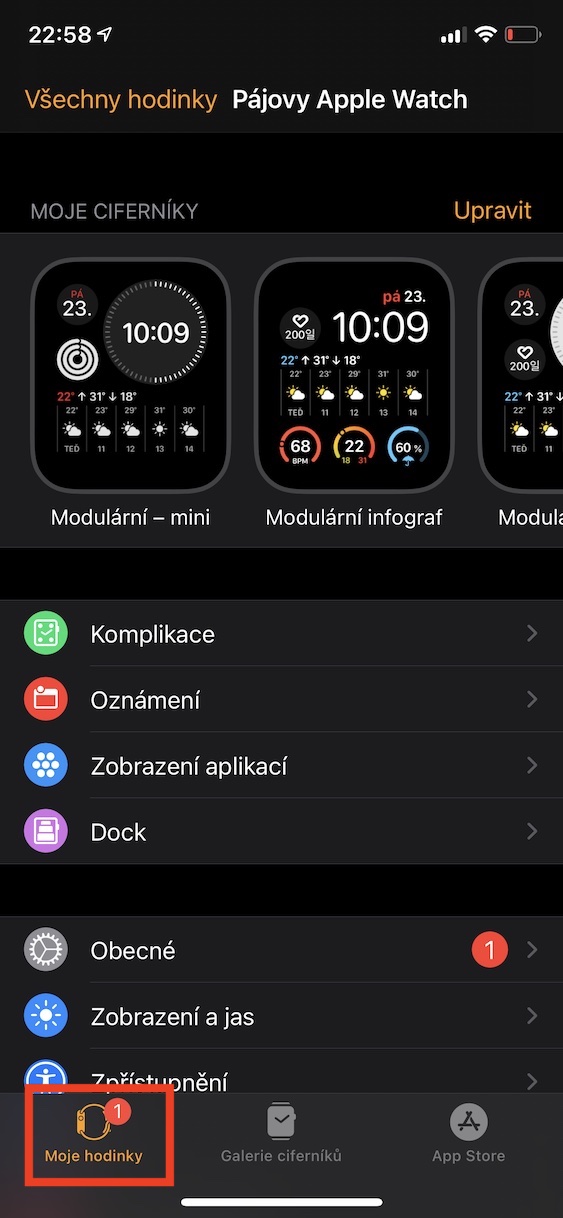
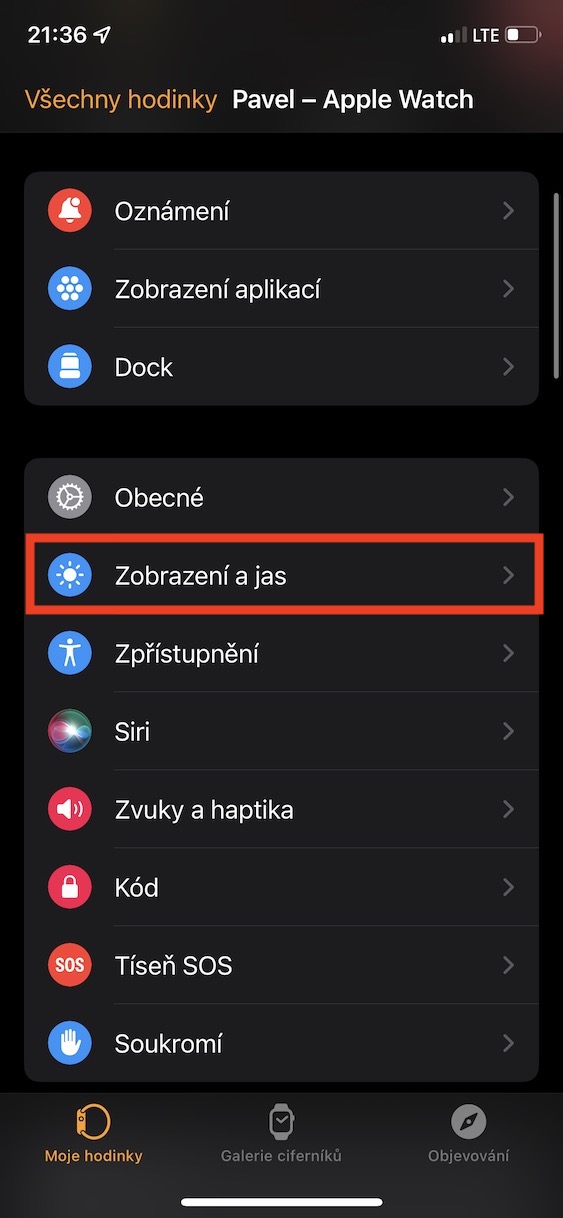
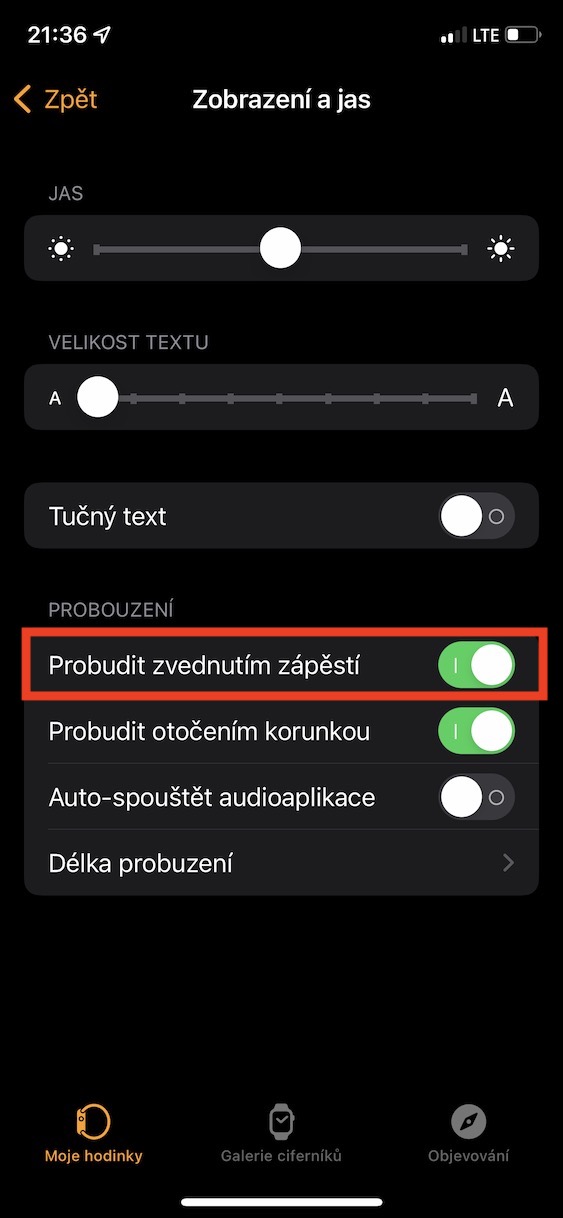
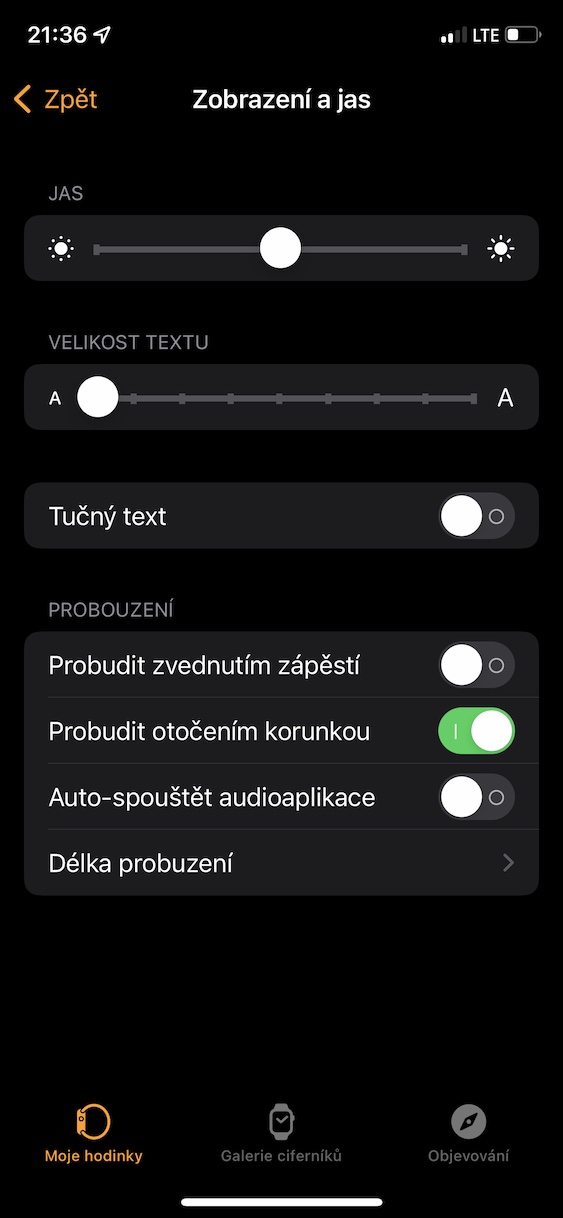

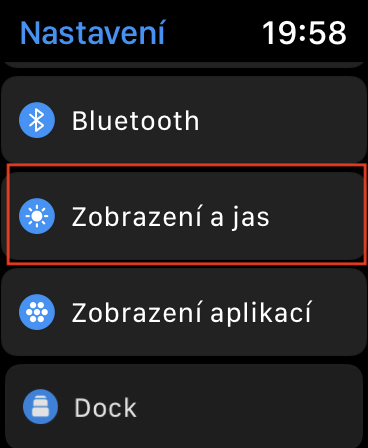
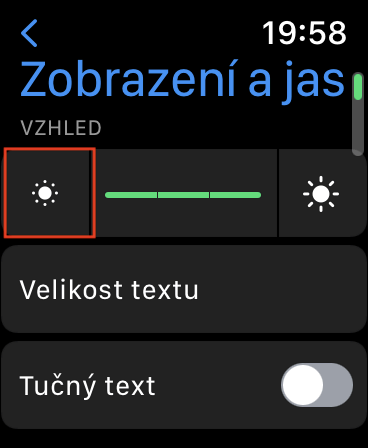
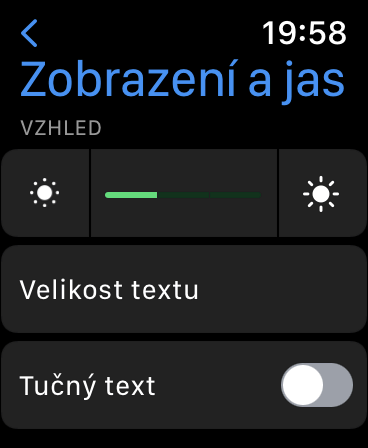
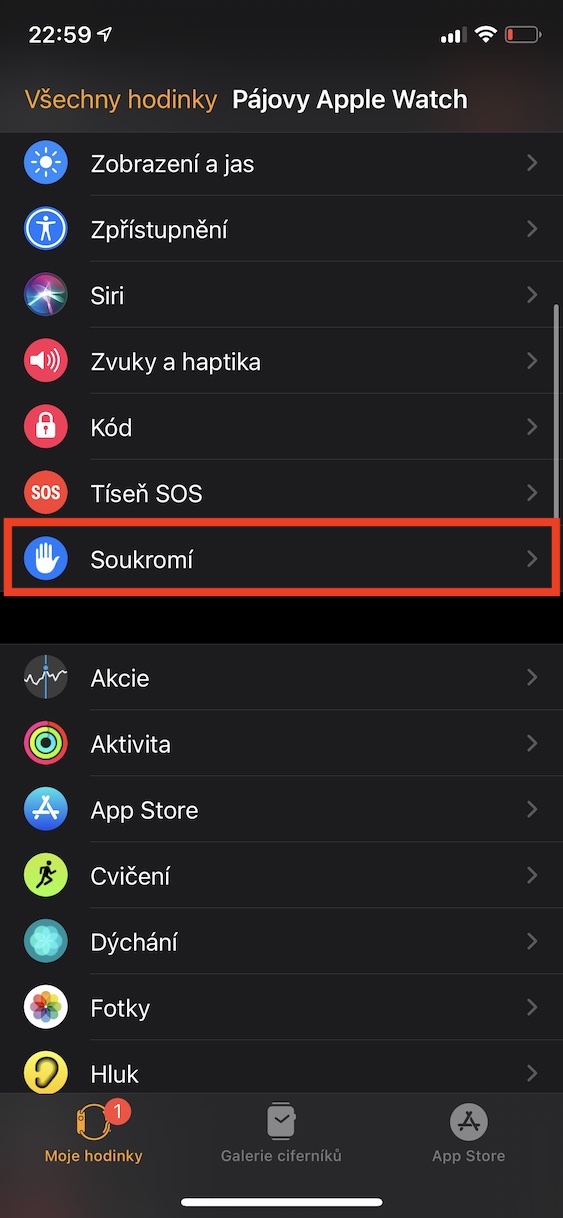
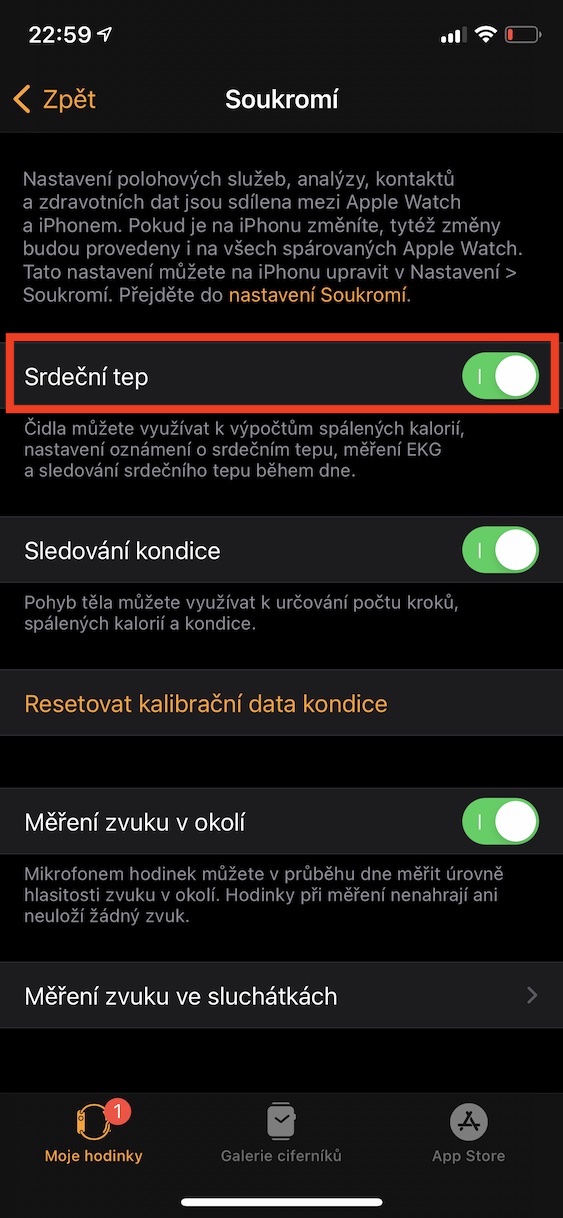
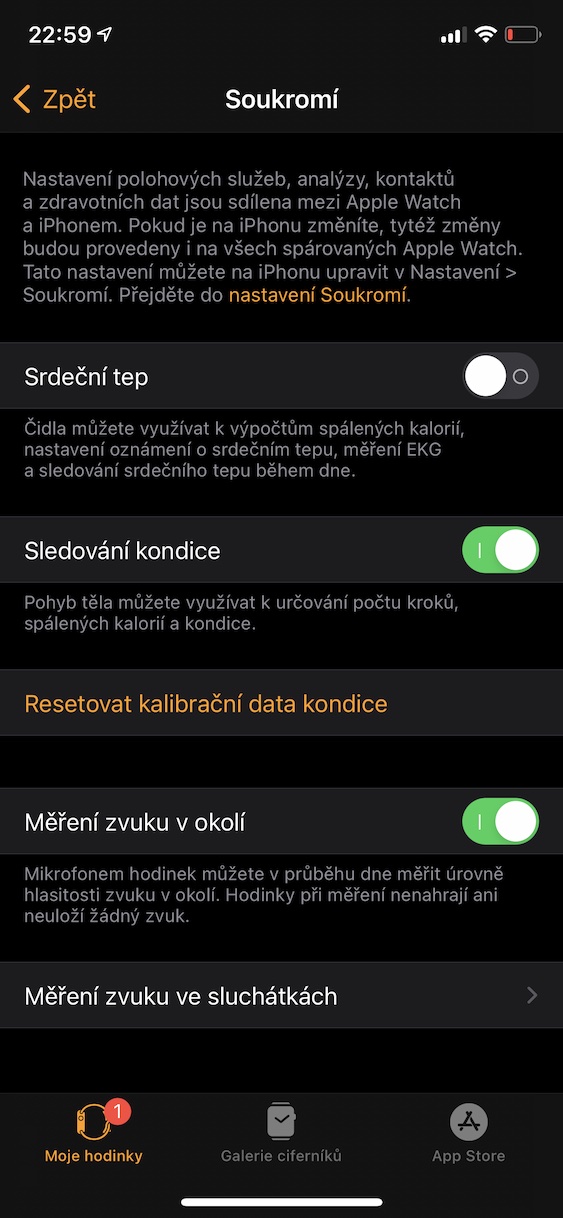
turn off the option of optimized charging, then the watch is more charged and lasts longer